We already did a post on what each color of vaginal discharge mean and 5 types of vaginal discharge.
In this article, we will talk about 5 Remedies For Each Type Of Vaginal Discharge.
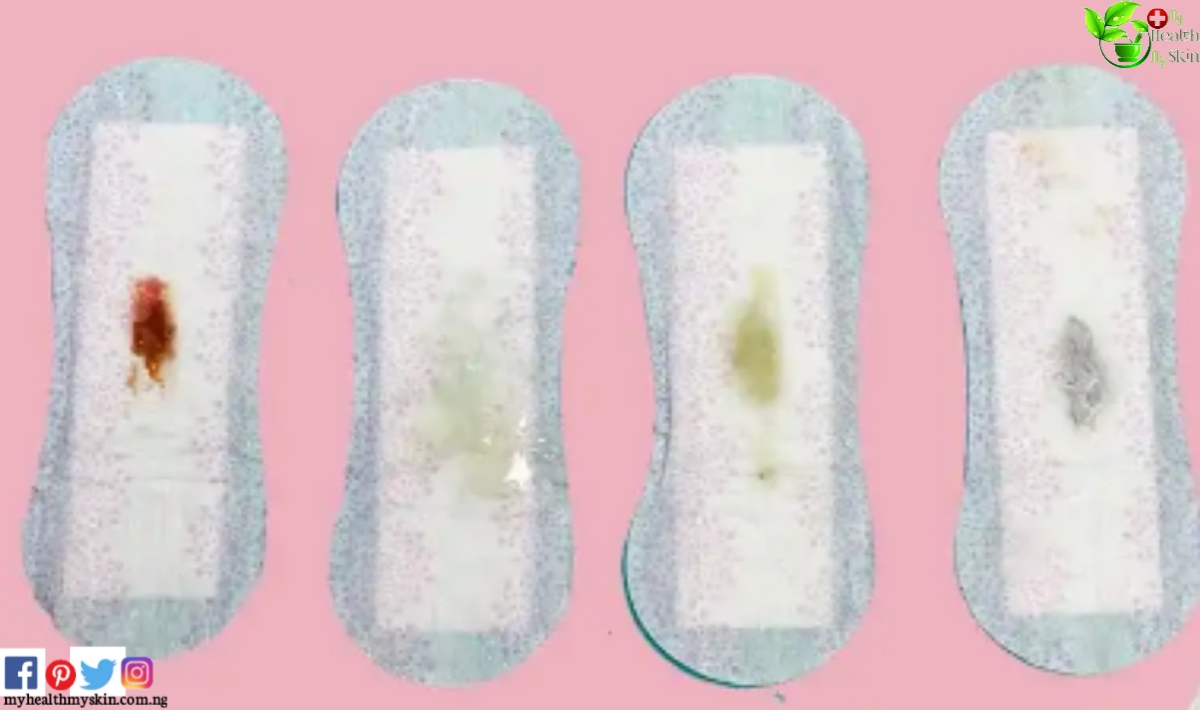
Each type of vaginal discharge can indicate a different situation, ranging from the woman’s physiological secretion to more severe inflammation situations.
However, most of the time, the discharge indicates the presence of some vaginal infection and, therefore, it is common for the treatment to be done with the use of antibiotics or antifungals, such as metronidazole, clindamycin, miconazole or fluconazole, in cream, ointment or tablet.
These remedies must be indicated by the gynecologist, and if the woman notices that there is a vaginal discharge, she must make an appointment to identify which microorganism is causing this symptom and indicate the most appropriate remedy.
Usually, the gynecologist is able to identify the agent responsible for the infection only by evaluating the symptoms, however, they can recommend more specific tests to confirm the diagnosis.
Remedies For Each Type Of Vaginal Discharge
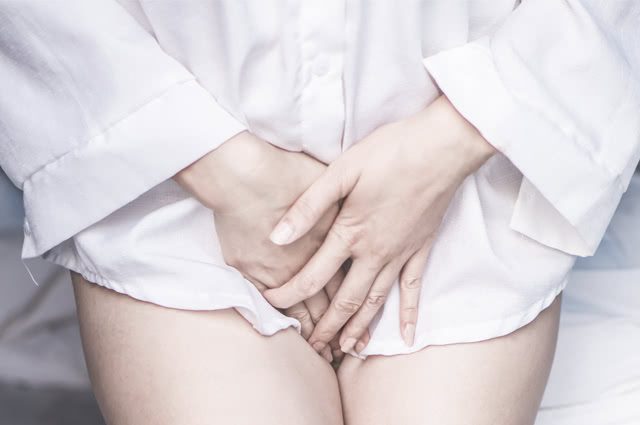
In general, the most common vaginal discharges can be treated as follows:
1. Yellowish discharge
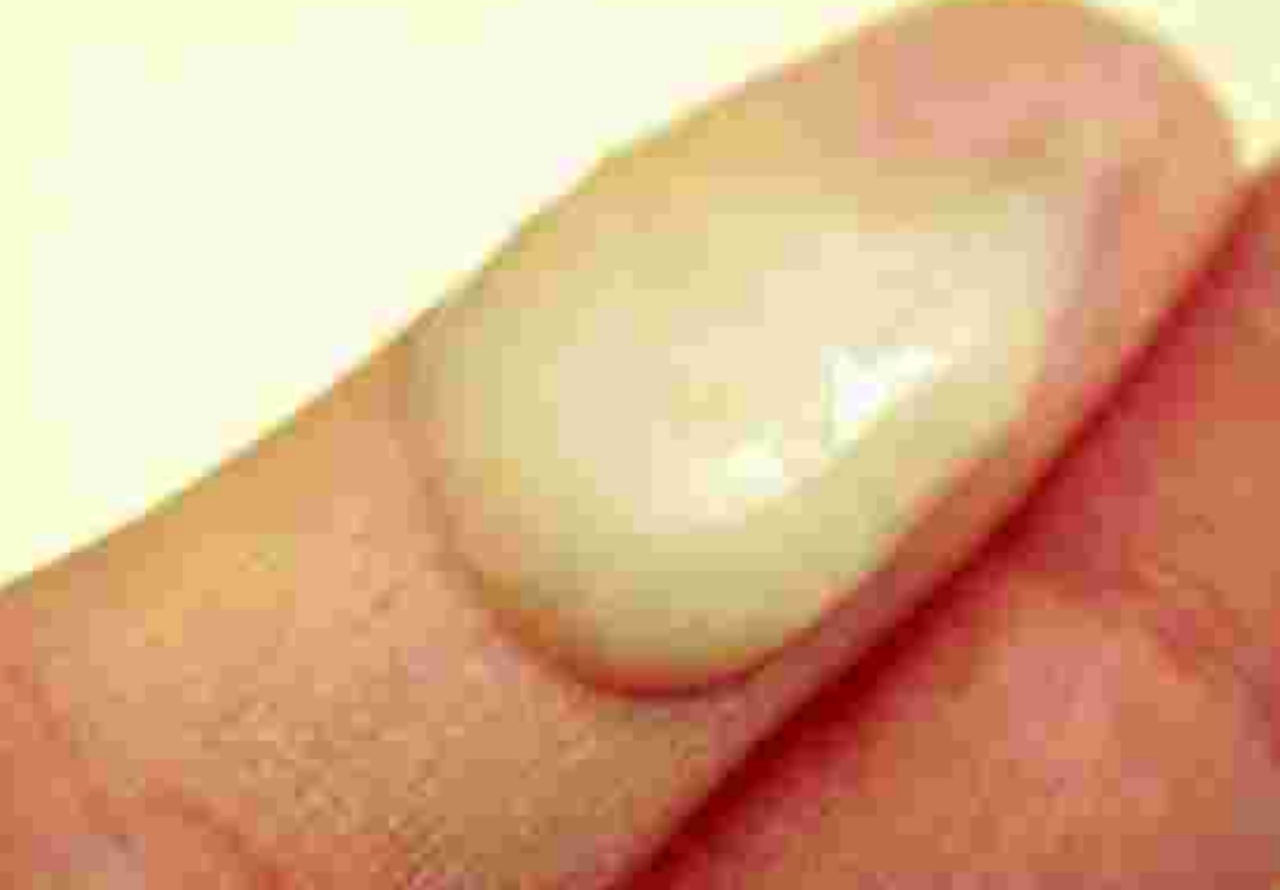
A yellowish discharge, with a smell similar to that of rotten fish, may be indicative of bacterial vaginosis. In addition to the smelly yellowish discharge, the woman can still feel burning when urinating and the smell intensifies after intimate contact.
Indicated remedies: In case of yellowish discharge, the gynecologist may recommend the use of:
- Metronidazole 500 mg 12/12h orally for 7 consecutive days;
- Metronidazole 0.75% gel , intravaginal use, for 5 nights;
- Clindamycin cream 2% intravaginally for 7 nights.
It is important that the treatment is done according to medical advice and is not interrupted even with the improvement of symptoms.
2. White discharge

The presence of white discharge, similar to sour milk, with or without odor, associated with intense itching and burning when urinating can be indicative of candidiasis, which is an infection caused by fungi of the Candida genus that are part of a woman’s vaginal microbiota.
Indicated remedies: If the diagnosis of candidiasis is made, the gynecologist may recommend the use of some antifungal agents, such as:
- Clotrimazole cream 2%, intravaginal use for 7-14 nights;
- Nystatin cream , intravaginal use for 14 nights;
- Fluconazole 150 mg orally, single dose.
It is important that treatment is not discontinued even after symptoms improve, as the abnormal proliferation of fungi may return.
3. Gray discharge
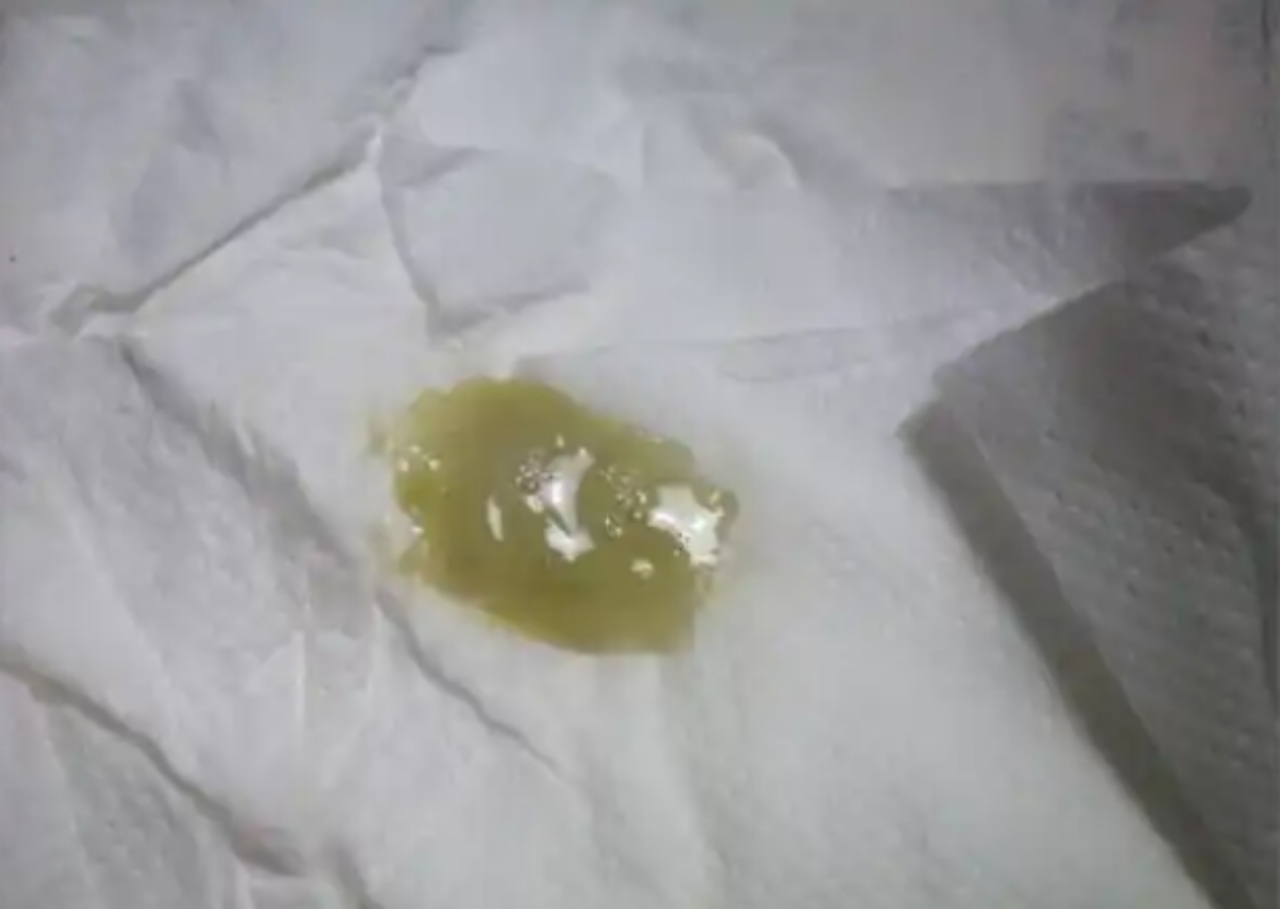
A greyish, copious, frothy, and foul-smelling discharge can be indicative of trichomoniasis, which is an infection caused by the parasite Trichomonas vaginalis .
Indicated remedies: If the presence of Trichomonas is verified through the urinalysis, the gynecologist can indicate:
- Metronidazole 2g oral use, single dose;
- Tinidazole 2g orally, single dose;
- Secnidazole 2g oral use, single dose.
4. Greenish-yellow discharge

The presence of a smelly greenish-yellow discharge associated with bleeding and painful urination and intimate contact may be a sign of infection by Neisseria gonorrhoeae, which is a bacterium responsible for Gonorrhea, which is a Sexually Transmitted Infection (STI).
Indicated remedies: It is important that the diagnosis of gonorrhea is made quickly so that treatment can also be started and complications are prevented. After diagnosis, the gynecologist can indicate the use of:
- Ciprofloxacin 500 mg, oral use, in a single dose;
- Ceftriaxone 1g, intramuscular use, single dose.
Treatment should be done by both the woman and the partner, as it is an STI, the bacteria can be transmitted from one person to another during unprotected sexual intercourse.
In addition, it is very important that the treatment is carried out following medical guidelines, otherwise the bacteria may develop resistance mechanisms, making the treatment difficult and favoring the emergence of complications.
5. Brown discharge
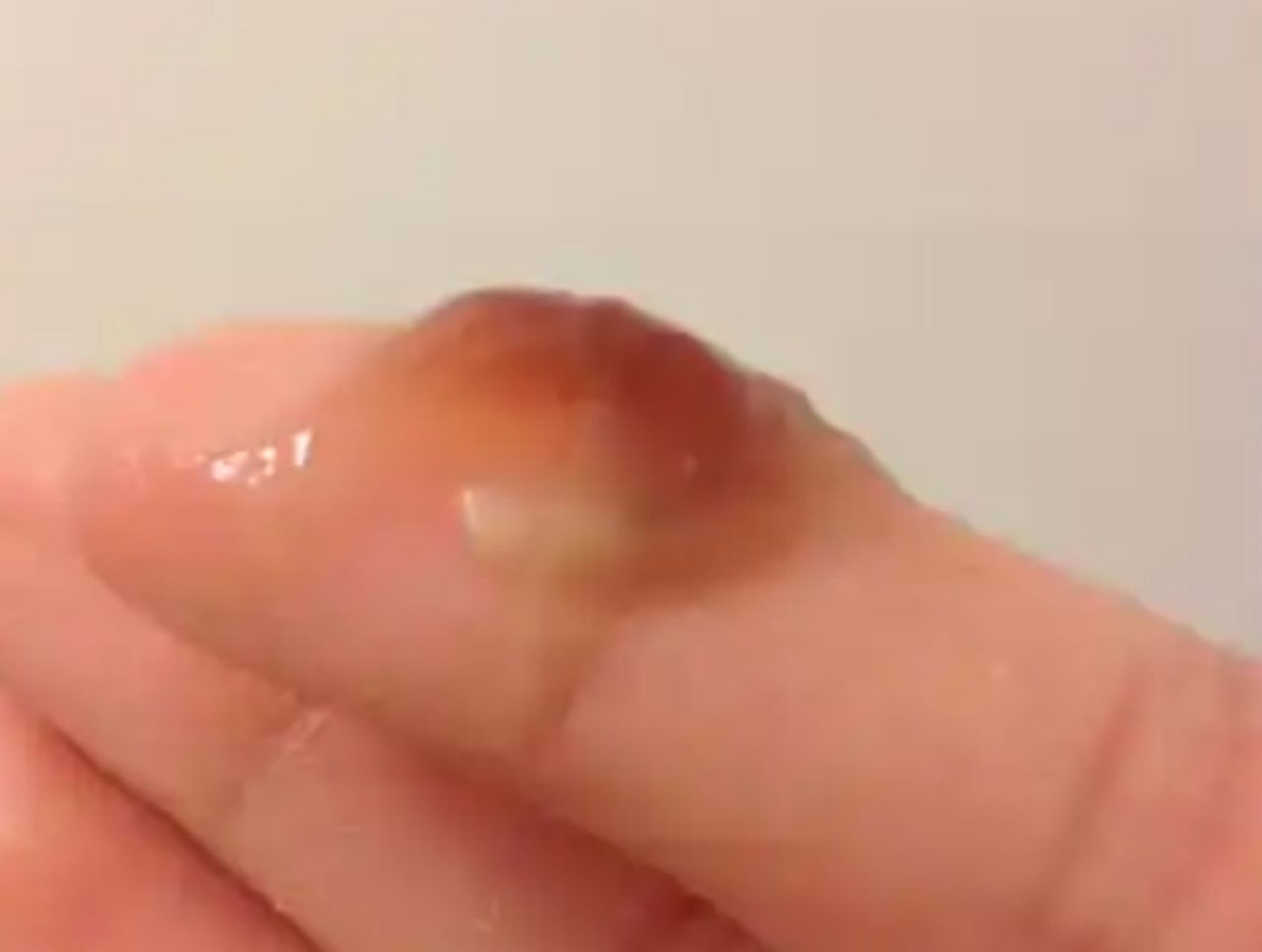
Like the greenish-yellow discharge, the brown discharge can also be related to gonorrhea. However, it is also possible that there may be a brown discharge in the days following the end of the menstrual cycle, which is not a cause for concern.
Indicated remedies: The presence of brown discharge is usually not a reason for concern, however when accompanied by symptoms, it is important that the gynecologist perform the diagnosis so that the most appropriate treatment can be started.
Usually treatment for brown discharge caused by bacteria is with the use of Azithromycin or Ciprofloxacin in a single dose or for 7 to 10 days, according to the doctor’s recommendation.
Home Remedies Options
Home remedies should not replace your doctor’s advice, however, they can be used in conjunction with remedies to speed healing and lessen symptoms, as well as being a good option to prevent infections.
Some options include:
- Make a sitz bath with guava leaf tea, twice a day, useful to combat discharge from Trichomoniasis and Candidiasis;
- Wash the intimate area with sweet broom tea with guava tree, drying with a clean and soft cloth, for 1 week;
- Invest in a natural diet, based on fruits, vegetables and greens, avoiding as much as possible the consumption of processed foods.







